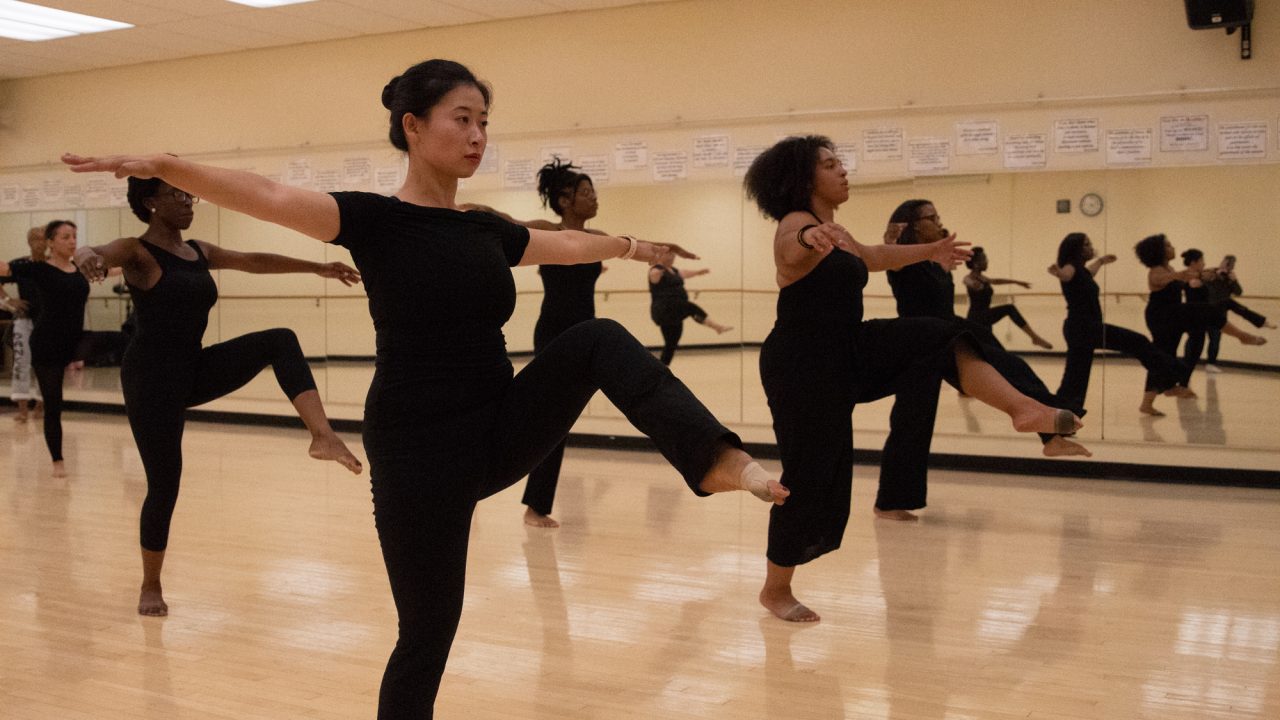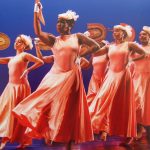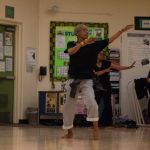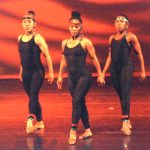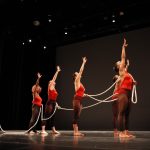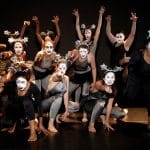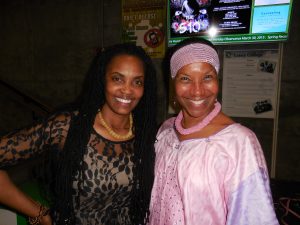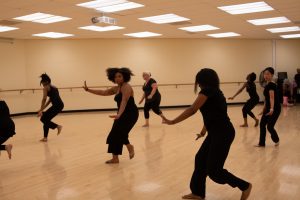
What Every Student Should Know About Dance And The Class
There are two distinct dance languages. One is made up of the physical actions used in performing dance, the other consists of the words used to identify or describe the physical actions. Example: Spoken & written vocabulary of dance are those words terms and phrases that are used in describing dance and the non-verbal language of dance which is made up of actions/movements. (See Dance Vocabulary & Terminology Hand-out)
Dance techniques prepare the body for dancing and enlarge the dancer’s vocabulary of movement. They are skills the dancer must have in order to gain control of the body and extend the range of its capabilities. No matter how tired one may get of doing pliés, chassés, pas de bourrées, pirouette turns or chainé turns, daily technique is necessary. It is through this daily process that the body gains strength, flexibility, and coordination. Employing various dance techniques allows the body to become more sensitized, articulate and responsive. Dance techniques also prepare the body to meet the challenging demands of performance and disciplines the mind to knowingly select appropriate movement for one’s choreography. Having a good technical foundation will free the dancer from a limited and restrictive use of the body, while permitting a wide range of movements that best reflect their ideas and feelings. As tools of the dance, techniques serve as the foundation and structure for choreography. Remember, repetition is the mother of all learning and just as a pianist must practice scales daily, the dancer must practice techniques daily.
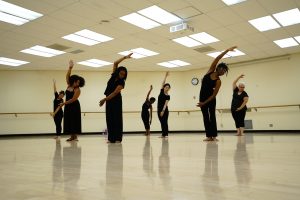
Developing creativity is a highly personal matter and cannot be rushed. Essentially each student must discover a personal awareness of movement and to create their own sensitivity to the meanings of movement. Sometimes the progress is slow, and other times the student advances in spurts. Sometimes your development may reach a plateau or even seem to regress. As dance students, you will not grow and/or develop at the same pace, nor are you expected to grow and/or develop at the same pace. You are all individuals and as individuals, each must be allowed to progress through the various stages of development in dance. While some of you may never pursue a career in dance, all of you will grow, get stronger and more flexible. To what degree depends on how much effort, determination, concentration, energy, and sincerity each individual student puts into their work and into this class.
Although each of you should be concerned with and want to develop more body strength, a greater stretch and a higher extension, you should always be aware of your body and what it can do, given its anatomical structure. Example: The splits! Many students think because someone can do right, left and middle splits, that this ability makes them an automatic dancer. Think about it… The splits are just the flexibility of the legs and hip socket; not the making of an “automatic” dancer!
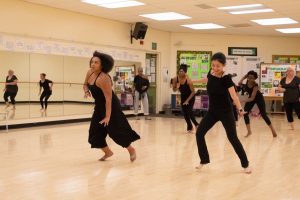
Do not compare or judge yourself to the abilities of other students. Observe yes, compare, no. You do the best you can do with the mind, training and body you have. That is not to say that anytime something becomes difficult, you make excuses as to why you cannot do it. One must never give up. One must never become lazy. If you do, or you are constantly making excuses, failure is just around the corner. Technique (barre, center floor & across the floor ) adagios, allegros, and combinations demand lots of practice, skill development, concentration, commitment and passion if they are to be done well. You can never get enough practice and you can always improve yourself and your technique.
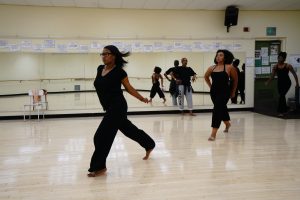
Men. The misconception that dance is “sissy” and for “girls only” is gradually being overcome. The masculine element in dance is equally as important as the feminine, serving to give balance and a contrast that are vital to dance. There still is the need to overcome prejudice, to encourage males to participate and to promote the solid fact that dance should be a rewarding and satisfying experience for all students… men included!
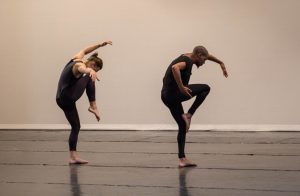
The demands for dance class are great and many. Some days will be better than others. To achieve the demands… you must be willing to work, and work hard, without whining.


